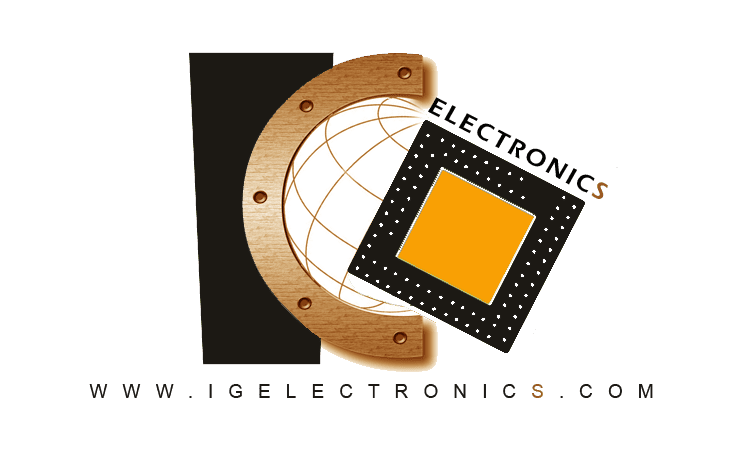
Arduino Xbee I/O Expansion shield
9.500BD
A high-quality Arduino Xbee I/O expansion shield, perfect for various wireless communication applications, including IoT, robotics, and more. This shield features a reliable performance and a durable design, making it ideal for transmitting and receiving data.
Choose Quantity
Product Details
Microcontrollers & Shields
Usage scenarios:
Features:
• Reliable performance
• Durable design
• Transmits and receives data
• High precision
Usage scenarios:
• IoT
• Robotics
• Electronic devices
• Transmitting and receiving data
